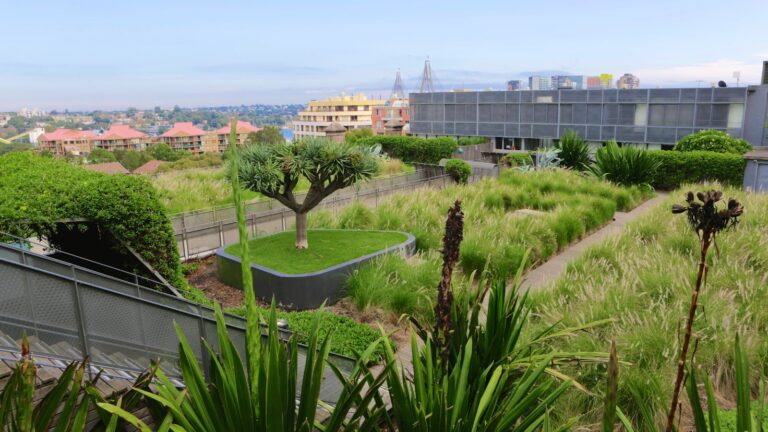Measuring urban biodiversity progress and impact: From global frameworks to local tools
With platforms like CitiesWithNature, the Berlin Urban Nature Pact, and metrics like the 3-30-300 rule, local and subnational governments are now better equipped than ever to track their impact and drive systemic change, proving that the path to a nature-positive future starts on the ground.
The inclusion of a whole-of-government approach within the Kunming-Montreal
Global Biodiversity Framework (GBF) emphasizes the critical need for political will
and comprehensive recognition across all levels of government. Local and
subnational governments play a pivotal role in biodiversity conservation and the
sustainable use of resources. As the closest level of governance to communities and
ecosystems, Councils are uniquely positioned to address the opportunities and
challenges for systemic change within their mandates and management.
The Convention on Biological Diversity (CBD) supports the involvement of
subnational and local governments in shaping mechanisms for planning, monitoring,
reporting, and review. In Decision 15/6, local and subnational governments are
invited- on a voluntary basis- to contribute commitments that support national
biodiversity strategies and action plans, as well as the GBF, and to share these
commitments through CBD-recognized online platforms.
Using science to advance nature in cities
Science-based methodologies that allow for standardized reporting, while taking into
account local and regional contexts and capacities are vital for measuring and
reporting on the contributions of subnational and local governments to the GBF and
the nature-positive agenda.
The CitiesWithNature Action Platform is a free global platform for local and
subnational governments to connect, learn and share targets, actions and case
studies on what they are achieving locally to help achieve global nature goals and
targets, today and by 2030. Used by close to 400 cities worldwide, the platform is
recognized in CBD Decision 15/12 as the official vehicle through which cities and
subnational governments can report on their biodiversity commitments and ambitions
towards the GBF.
The Berlin Urban Nature Pact seeks to halt and reverse biodiversity loss to
put nature on a path to recovery in cities worldwide by 2030 for the benefit of people
and the planet. It builds on the 2020 Edinburgh Declaration and the 2022 Montreal
Pledge, and focuses on the implementation of the GBF and its action plan. The Pact
sets 28 SMART targets across key areas like species and habitats, water
management and blue infrastructure, soil health, and food and agriculture.
Pact Signatory Cities will use the CitiesWithNature Action Platform to track the
progress of their pact commitments and must meet a minimum of 15 of the 28 Pact
goals by 2030. The Pact also offers concrete implementation guidance and
principles to aid cities in their activities.
More details are available here on the Pact (including the Pact itself and guidance
documentation) and you can email the Pact coordinator directly via
[email protected].

New metrics for access to nature
The “3-30-300 rule” is a recently proposed metric that establishes minimum
standards for access to nature in cities for human well-being. This rule specifies that
homes, schools, and workplaces should have a view of three trees, be located in
neighborhoods with over 30% tree canopy cover and be within a 300-meter walk of
a park.
ICLEI Oceania and ICLEI Cities Biodiversity Center co-convened a webinar in
February 2025 entitled Measuring biodiversity progress and impact: Exploring the 3-
30-300 rule and other science-based approaches. The event featured two engaging
speakers plus a panel discussion at the end, discussing how subnational and local
governments can advance the GBF through science-based approaches.
Dr. Thami Croeser, Research Fellow, Urban Nature, RMIT Centre for Urban
Research, shared insights from his research on how eight cities performed against a
new ‘minimum standard’ for nature in cities: the 3-30-300 rule, how you can calculate
the metric for your city, and some reflections on how good the index really is as a
benchmark of nature provision.
Ingrid Coetzee (Director, Biodiversity, Nature & Health, ICLEI Africa and Global
Cities Biodiversity Center) discussed the global policy landscape, COP16
discussions, and biodiversity indices for local governments, including
CitiesWithNature, Cities Biodiversity Index, and the Berlin Urban Nature Pact.
To learn more, you can watch the webinar recording and reference useful links.







